 Politics
Politics  Politics
Politics  Weird Stuff
Weird Stuff Ten Bizarre Facts About The Doge Meme
 Our World
Our World 10 Ways Your Christmas Tree Is More Lit Than You Think
 Movies and TV
Movies and TV The 10 Coolest Stars to Set Sail on The Love Boat
 History
History 10 Things You Didn’t Know About the American National Anthem
 Technology
Technology Top 10 Everyday Tech Buzzwords That Hide a Darker Past
 Humans
Humans 10 Everyday Human Behaviors That Are Actually Survival Instincts
 Animals
Animals 10 Animals That Humiliated and Harmed Historical Leaders
 History
History 10 Most Influential Protests in Modern History
 Creepy
Creepy 10 More Representations of Death from Myth, Legend, and Folktale
 Politics
Politics 10 Political Scandals That Sent Crowds Into the Streets
 Weird Stuff
Weird Stuff Ten Bizarre Facts About The Doge Meme
 Our World
Our World 10 Ways Your Christmas Tree Is More Lit Than You Think
Who's Behind Listverse?

Jamie Frater
Head Editor
Jamie founded Listverse due to an insatiable desire to share fascinating, obscure, and bizarre facts. He has been a guest speaker on numerous national radio and television stations and is a five time published author.
More About Us Movies and TV
Movies and TV The 10 Coolest Stars to Set Sail on The Love Boat
 History
History 10 Things You Didn’t Know About the American National Anthem
 Technology
Technology Top 10 Everyday Tech Buzzwords That Hide a Darker Past
 Humans
Humans 10 Everyday Human Behaviors That Are Actually Survival Instincts
 Animals
Animals 10 Animals That Humiliated and Harmed Historical Leaders
 History
History 10 Most Influential Protests in Modern History
 Creepy
Creepy 10 More Representations of Death from Myth, Legend, and Folktale
10 Revealing Facts About The Katana
Katana are called the “soul of the samurai,” but the world knows surprisingly little about what they actually are. While at times they live up to and even surpass the mystique surrounding them, other times, they just aren’t what they’re cut out to be.
10 ‘Samurai’ Sword
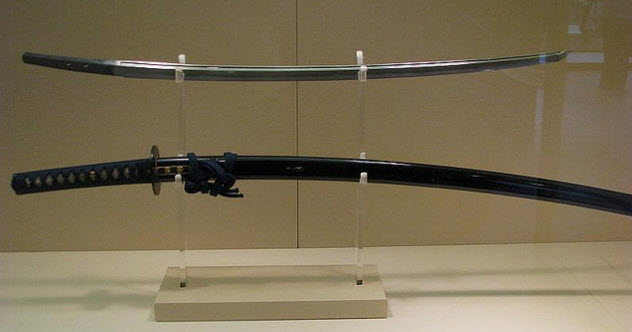
Katana were used by samurai, but to designate only one particular style of blade as the “samurai” sword is like saying every model of Toyota is a Corolla. Katana were just one weapon of a much larger arsenal used by Japan’s ancient warrior class.
The first swords made in Japan were called chokuto, which were straight blades based on similar Chinese weapons. These blades were less advanced than later ones, though, and were easily broken with sharp impacts. They were eventually discarded in favor of curved weapons, which were less prone to breaking. These finally evolved into the katana we know today, yet katana are only the latest model of a long heritage of blades.
Samurai had no utility swords, instead using different weapons designed for specific purposes. For example, a large type of sword called a nodachi was over 1 meter (3 ft) long and used to fight the cavalry while on foot. Another blade used against horsemen was the nagamaki, which evolved from the nodachi. The nagamaki was a hybrid between a sword and polearm. With a blade length over 1.2 meters (4 ft) and a shaft to match its length, these large weapons were used with broad, sweeping strokes to take down mounted opponents.
Even blades you may recognize as katana may not be. Having a similar and sometimes almost identical appearance, the tachi was the katana’s ancestor. But the favored sword of the samurai was eventually phased out when they assimilated the faster uchigatana sword of the lower classes. Higher-quality uchigatana that were longer than 60 centimeters (24 in) came to be called “katana.” Shorter blades were called wakizashi. Paired with katana, wakizashi were later worn indoors after a katana was removed upon entering a private house to show respect to the host.
9 Making A Sword Was A Religious Ceremony
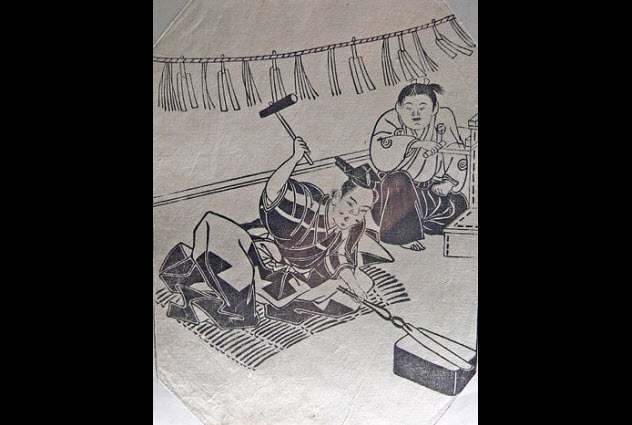
In ancient times, swordsmiths were held in much higher regard than any other artisan. There are even accounts of emperors making their own blades, one of the few times that manual labor was associated with them. The exiled emperor Go-Toba is said to have erected a smithy in his exile so that he could craft swords.
According to ancient accounts, bladesmithing was surrounded by religious ceremonies. Before beginning to forge a sword, a smith would purify himself according to Shinto rites, which included fasting and sexual abstinence. Sometimes, he would even go on a pilgrimage before beginning his work. During the forging, he would mark off his work area with a special rope that designated it as sacred.
The smith also wore the robe of a Shinto priest, maintaining the purification rites throughout the entire process. Each day, he either stood under a waterfall and recited prayers or if no waterfall was available, poured a fixed number of cold buckets of water over himself.
Although blades could take months to forge, the smith performed the purification rites during the entire process. Women were not allowed near the smithy because they might be impure from menstruation. For the same reason, the smith was not allowed to have contact with any women. Given the importance of religion to the construction of blades, there are several stories of divine intervention assisting the smiths.
8 The Blade Is Just One Part Of A Sword’s Value
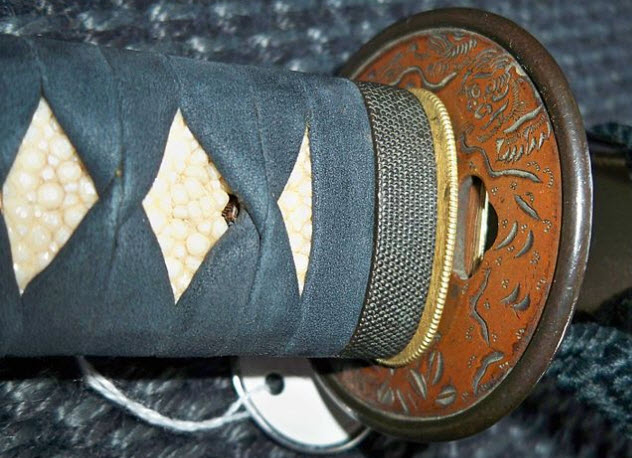
Even a damaged sword by a famous smith is worth more than a pristine blade of inferior quality. Blades by the most famous smiths are national treasures and are considered priceless. But while the blade is usually the most integral part, other parts of a sword also play a large role in determining a sword’s value. A swordsmith makes the blade, but other craftsmen make the other parts.
Most important for collectors is the tsuba (the decorative hand guard), which is sometimes just as valuable as the blade. A tsuba can be worth tens of thousands of dollars. Scabbards, mounts, and decorations are also made by different craftsmen. Even these parts of the sword can command high prices at auctions. As a result, having a complete sword is critical to its value. A missing guard will devalue a sword by 10 percent. A sword without a scabbard will lose 30 percent of its value.
Some antique swords can be purchased for just a few hundred dollars. Many of these are the factory-made blades of World War II called gunto. However, an unmounted, handcrafted sword will usually fetch at least $2,000, although there are many factors that can drastically alter its value.
7 The Polisher Is Just As Important As The Smith
The relationship between the swordsmith and the sword polisher has been compared to that of the composer and the musician. A blade cannot attain its full potential without both.
Once a smith has finished making the blade, all the aspects that appraisers use to determine its quality are still invisible without proper polishing. The steel’s grain and temper line, vital to the appearance of a sword, only appear after a master polisher brings them out in a process that can take longer than making the actual blade.
After a polisher works on the steel, the metal may become a work of art. He uses many fine stones to give a blade its luster. Although some modern synthetic stones are used, the final stages of the process use only natural stones that cannot be replicated.
The great skill necessary to bring out a blade’s beauty is why modern sword polishers go through an apprenticeship of five years or longer before they become certified. The person polishing a blade must be a master because improper polishing will ruin a blade completely. Within Japan, the best polishers have been named living national treasures by the Japanese government.
6 The Katana Wasn’t That Important
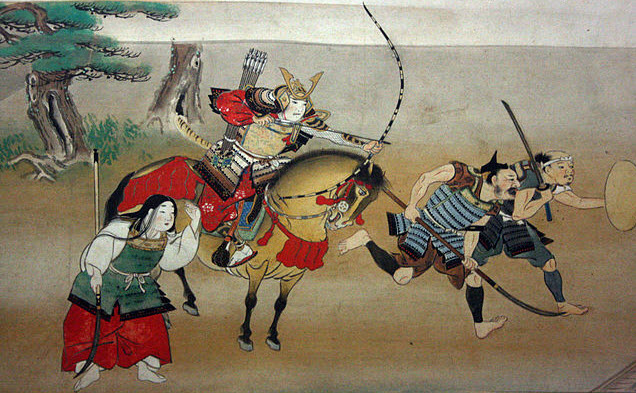
The shogun Tokugawa Ieyasu said the katana was the “soul of the samurai,” but in reality, it was no more important during warfare than a samurai’s other weapons. Katana were actually a tertiary weapon. Instead of a sword, the earliest samurai charged into battle with bow and arrow drawn. Only much later, Japanese warfare evolved away from samurai focusing on archery, and their role became that of mounted cavalry.
Even then, when charging into battle, the first samurai to clash with the enemy was known as “the first spear.” Compared to a spear, the katana wasn’t long enough to be an effective weapon when fighting from the back of a horse. After a samurai’s arrows ran out, his next weapon would be a kind of polearm that was like a spear but had a longer range. Even after the samurai had handed over the bow and arrow almost completely to foot soldiers, the samurai still used the spear before the sword.
Finally, the introduction of guns to Japan changed the face of Japanese warfare forever. It didn’t take years of training to fire a gun as it did to wield a katana, so the role of the noble warrior class diminished. So did the need for swords, which became more of a status symbol than anything else.
Only samurai were permitted to have katana. But with the samurai having almost no wars to fight, the katana were becoming more elaborate (and less practical) until they simply denoted social status instead of serving as weapons.
5 Tested On Corpses And Criminals
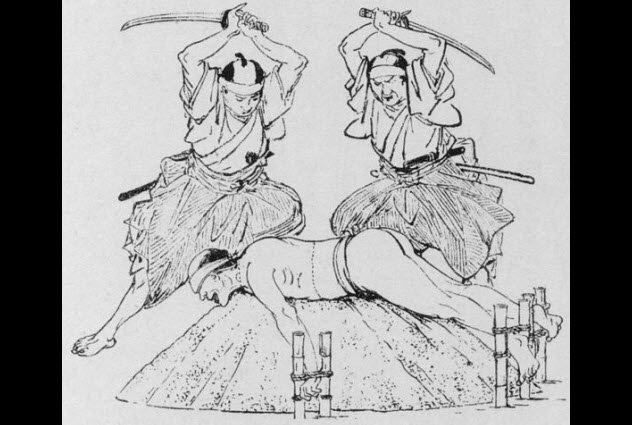
During the Edo period, there was an official sword-testing department set up by the government to ascertain the quality of blades. With tameshigiri, a master swordsman would test a blade by slicing through the bodies of executed and possibly live criminals piled on top of each other. Although this was sometimes used to train inexperienced samurai, official tests could only be carried out by master swordsmen to ensure that the blade was the only factor determining the cut.
There were a number of different locations, from ankle to trunk, where blades were tested. The results of the test, such as “cut three bodies through the trunk,” were inscribed on the blade. If the blade proved powerful, its value increased greatly.
Although the smith benefited from tameshigiri as proof of the quality of his work, the testing was ordered by the purchaser of the sword. Tests were sometimes as costly as the swords themselves, but a good result added a lot to a sword’s value. Tests were also conducted on older blades to potentially make them more valuable. Supposedly, a 16th-century blade was once used to cut through seven bodies at once.
Of course, while a successful test would increase a blade’s value and its smith’s reputation, a failed test would have the opposite effect. There’s a story of a criminal who was condemned to death by tameshigiri who jokingly told the testers that if he’d known he’d be executed by the sword, he would have swallowed stones to damage the blade.
4 The Old And New Blades
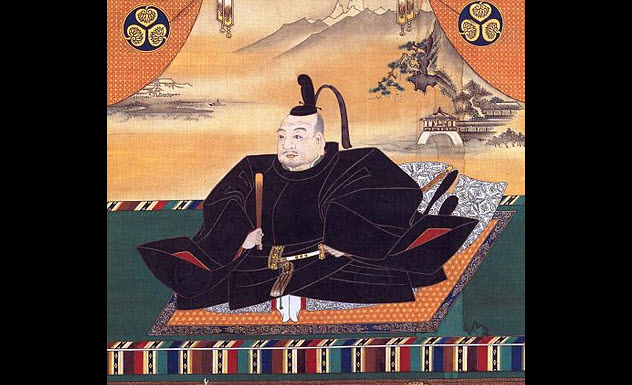
Although tests were carried out during the Edo period (1603–1868) to assess the quality of blades, the blades made before 1530 were vastly superior to those made later. After the introduction of gunpowder to Japan, blades began to lose their value as weapons of war. No longer needing to produce the kind of quality weapons they once did, smiths began to lose many of the old techniques that made their swords great.
Japan had entered an era of relative peace. As the quality of and need for blades declined, so did the average samurai’s ability to assess them. Smiths began to exploit this by favoring elaborate designs instead of a sword’s cutting power. The “Chief Swordsmith of Japan” under Tokugawa Ieyasu used his position to sell fake certificates of competence to inferior smiths, diluting the quality until many of the old techniques eventually became extinct.
Although it was still somewhat dangerous to travel, it was far safer than in ages past, and smiths began heading to big cities where there was still a demand for their wares. The mobilization of smiths eventually led to the disappearance of the old schools of swordsmithing as their styles intermingled.
3 Modern Katana
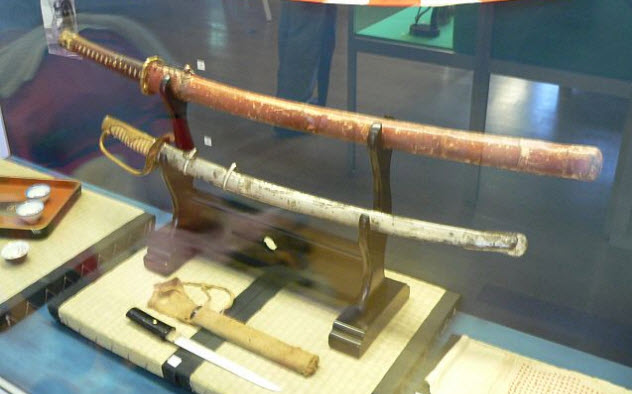
Realizing that sword making would disappear unless action was taken, the Token Kai was founded in 1900 for the purpose of researching Japanese swords and protecting their craftsmanship. The organization began to reignite interest in the Japanese sword and spawned many similar groups. With the beginning of World War II, one group began researching sword techniques to make gunto, the mass-produced blades given to officers.
After World War II, the American occupation force placed a prohibition on the manufacture and possession of swords until 1953. Once the prohibition was lifted, interest in them revived. In 1960, the Society for the Preservation of the Japanese Sword was established, which helped to resurrect the ancient techniques and the system for making the tamahagane steel necessary for authentic blades.
The last smelter used to make the special steel had been closed but was restarted in 1977 to create modern blades. A licensed smith in modern Japan must craft blades just as it was done 1,000 years ago. The society also strictly regulates the creation of Japanese blades to ensure that modern blades are of top quality, in some ways making modern katana superior to ones made in the last 500 years.
2 The Art Is Dying
Despite the renewed interest in Japanese swords, the art of Japanese swordsmithing is dying. Ironically, it’s partially due to the rigid requirements of the same society that helped to save these swords.
Only a licensed swordsmith can create a Japanese sword, but it takes five years to complete the apprenticeship. Afterward, a certified smith usually needs a few more years to build a good reputation. Every year, the society holds a sword competition in which smiths submit their work for judgment. Hundreds of smiths enter the competition because a high score means that their blades will become more valuable. Only those who score in the top 30 can make a living from their art.
In addition, the government regulates the number of swords made to ensure the quality of the blades. A swordsmith can produce a maximum of two long swords or three short swords per month. These regulations are meant to guarantee that the smith devotes his full attention to the few blades he makes.
The government chose these numbers after observing the output of an older, famed swordsmith who took his time to ensure that his blades were absolutely perfect. However, many smiths can produce twice that number without a reduction in the quality of their work.
As it stands, the regulation severely limits a smith’s income. So the number of smiths is dwindling, and the art is in danger of becoming extinct because it’s impossible for many to make a living from the craft. Many smiths have to do other types of work or only make a few blades a year.
1 The Best Sword In The Ancient World?
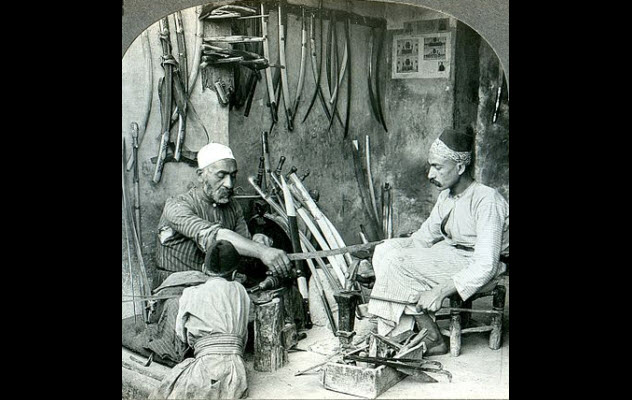
Some people have questioned whether katana really live up to the hype surrounding them. There were many accounts of swords breaking or getting stuck in an opponent’s armor. Katana simply aren’t the super swords that modern myths claim. Although not all steel is created equal, every sword is made of it. And steel can break.
Katana were probably the hardest swords in the ancient world, but they were also brittle compared to other blades. Katana would hold up to cutting soft objects with little wear, but over time, the compressive force from hitting hard objects could lead to chips and cracks. European swords were not as hard as katana, but they could withstand more punishment, at least in a different way. For example, the Toledo blades of Spain were so durable that they were tested by being bent into “S” shapes and semicircles and then banged at full force against steel helmets.
Even if you take all the merits of Japanese swords and compare them with swords from other countries, it’s difficult to name a “best” sword because each was made with a specific type of fighting in mind. For example, European swords were made to strike against full armor and shields, so they needed to withstand a lot of punishment.
But Japanese warriors usually launched preemptive attacks to limit the wear on their blades. Still, while comparing one kind of sword to another is like comparing apples and oranges, every side has its fierce supporters, many of whom are smiths showcasing their own wares.
Nathan keeps a Japan blog where he writes about the sights, expat life, and finds Japanese culture in everyday items. You can also find him on Facebook and Twitter.








